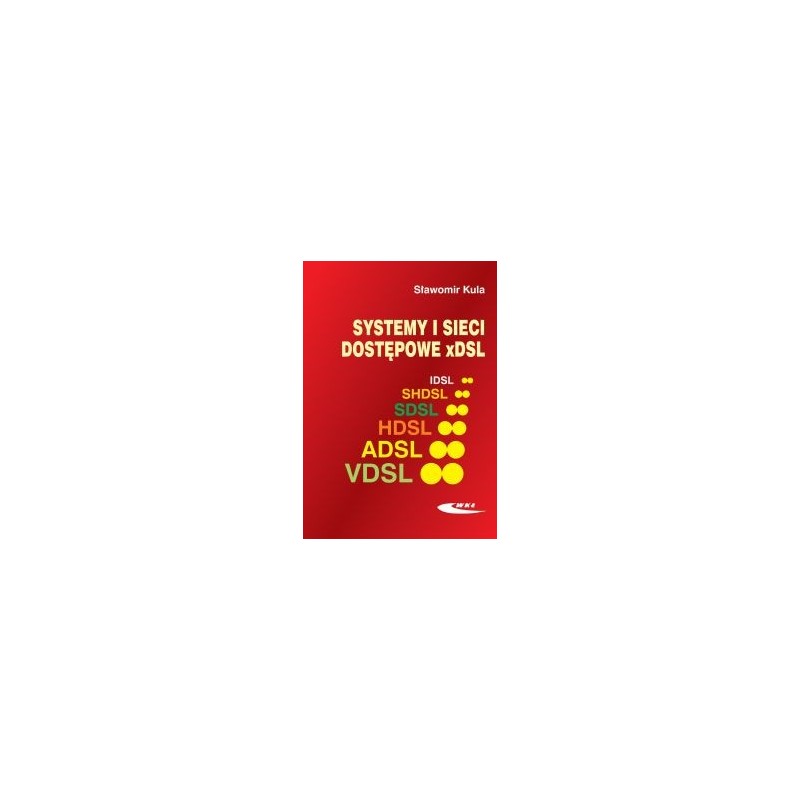- Out-of-Stock



No product available!
ADS-B antenna made of fiberglass working at 1090 MHz with 8.5dB amplification). 1.2 m long. Pimoroni COM-B3301
No product available!
Xilinx Virtex-5 LXT ML555 FPGA Development Kit for PCI Express, PCI-X, and PCI Interfaces
No product available!
AG Silver thermal grease with the addition of silver compounds with high thermal conductivity. A paste weighing 1000 g in a plastic box. AG Termopasty ART.AGT-146
No product available!
Micro SDXC memory card with a capacity of 64GB, class 10 with adapter. Kingston SDCS / 64GB
No product available!
Printed circuit board for the modular listening receiver for the 80m and 40m Dosia bands. HF input filters 40m / 80m. AVT3190 A
No product available!
No product available!
Information and advertising board with red LEDs - a set for self-assembly
No product available!
No product available!
Ultrasonic cleaner with a capacity of 0.75l and 50W for cleaning CDs, jewelery as well as various spare parts and electronic components. JEKEN CE-5600A
No product available!
No product available!
10.1-inch touch screen for Odroid-XU / XU + E / XU Lite computers
No product available!
From the very beginning of our journey, we were inspired with the idea to create the unique Mechanical Town on the river’s bank, open to all winds, religions and ideas, a town of musicians, artists and inventors, masters and warriors. The most amazing town on the earth. The town, were people love, fight, work and search for innovation and, of course, have a fun. UGears 70028
No product available!
No product available!
The eXtremestyle silicone cable (2m length) with micro USB connector. Allows you to charge the device and transfer data. eXtreme S20UMB
No product available!
Vireo wired mouse with 1000 DPI sensor in black color. Natec NMY-1611
No product available!

